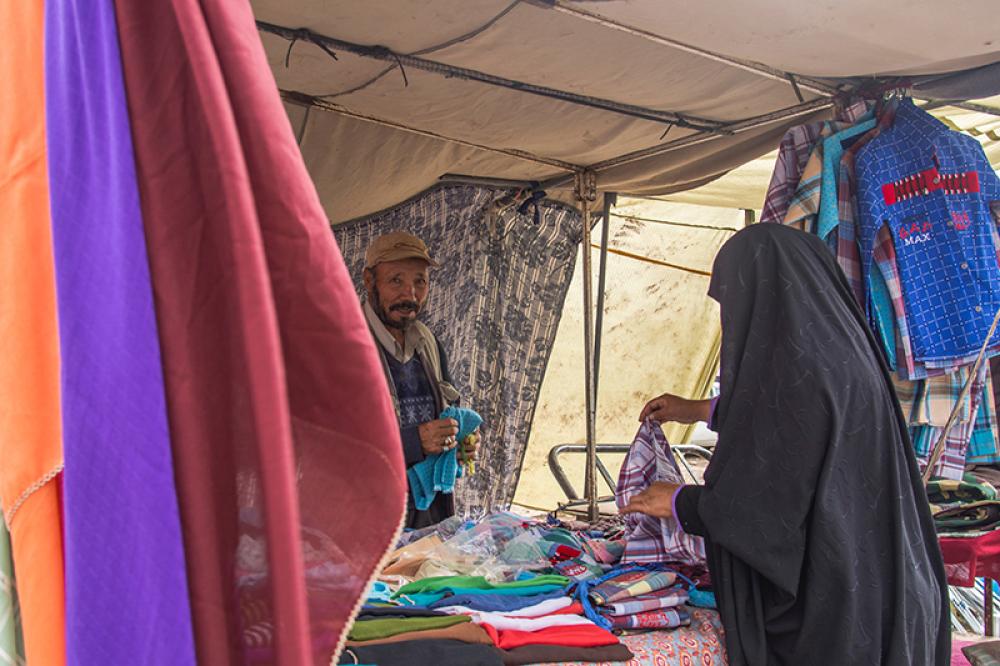Just Earth News | @justearthnews | 07 Mar 2023

Image: Javad Esmaeili/Unsplash
Kabul: Female employment levels in Afghanistan have fallen steeply since the Taliban administration took over in 2021, according to new figures released by the International Labour Organization (ILO).
In the fourth quarter of 2022 female employment is estimated to have been 25 per cent lower than in the second quarter of 2021, before the crisis. Male employment levels are down seven per cent in the same period.
Restrictions on women’s participation in the labour market have contributed to the decline. Home-based self-employment has become the predominant form of women’s participation in the labour market, which has prevented the figure falling further.
“Restrictions on girls and women have severe implications for their education and labour market prospects,” said Ramin Behzad, Senior Coordinator of the ILO for Afghanistan.
“Providing equal access for all young women and men to quality education and training as well as decent and productive employment opportunities remain a key challenge and priority for the future of the Afghan economy and society,” he added.
The new report, Employment in Afghanistan in 2022: A rapid impact assessment , finds that for young people, aged 15-24 years, the impact on employment has also been severe and disproportionate. Youth employment is estimated to have decreased 25 per cent in the fourth quarter of 2022 relative to the second quarter of 2021.
In the fourth quarter of 2022, total employment (both formal and informal) is estimated to have been 450,000 lower than pre-transition levels, and more than 900,000 lower compared to a hypothetical scenario without a change in administration.
In addition, labour incomes have been hard hit and are increasingly volatile, especially hurting households struggling from rising food and consumer prices.